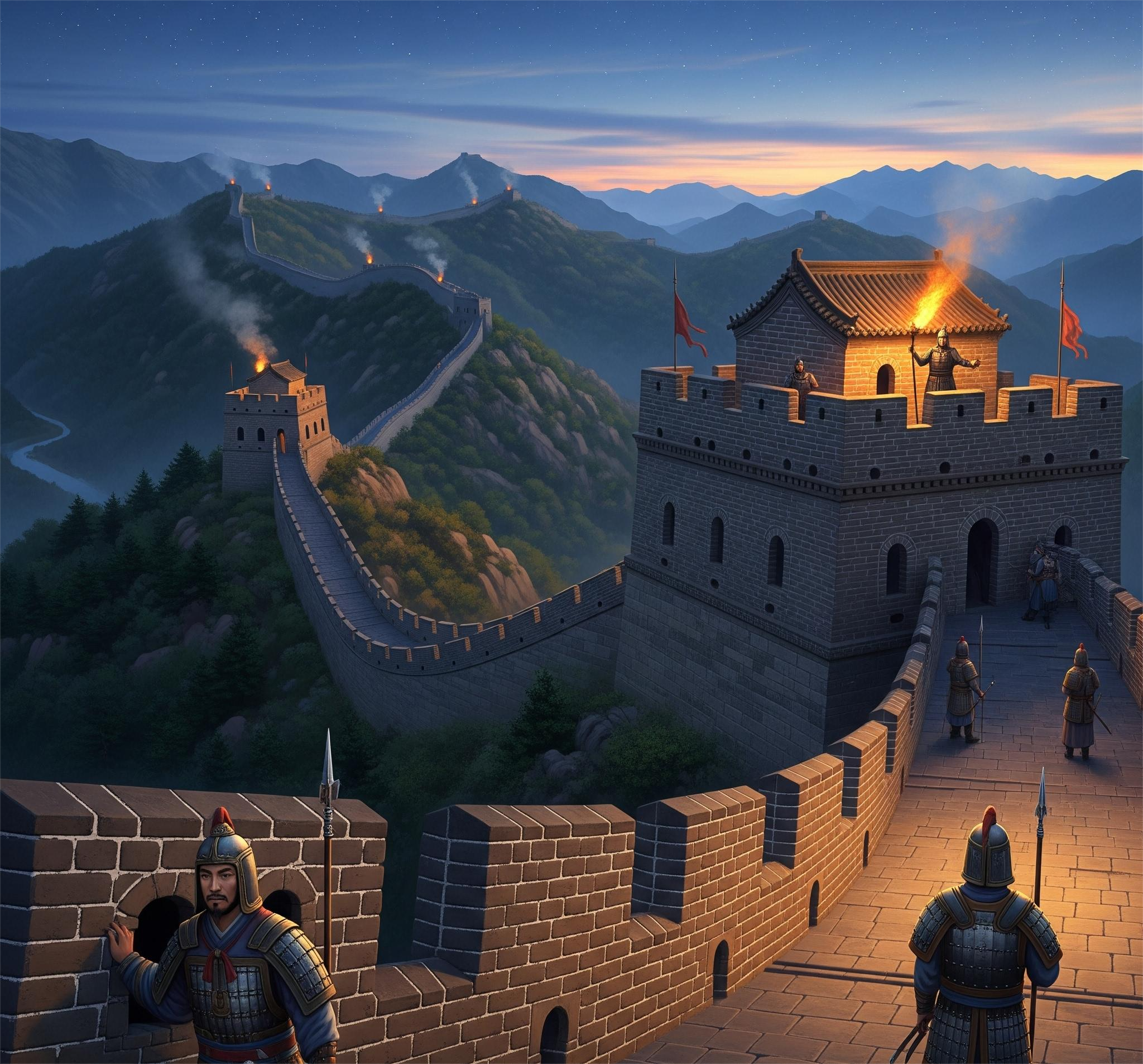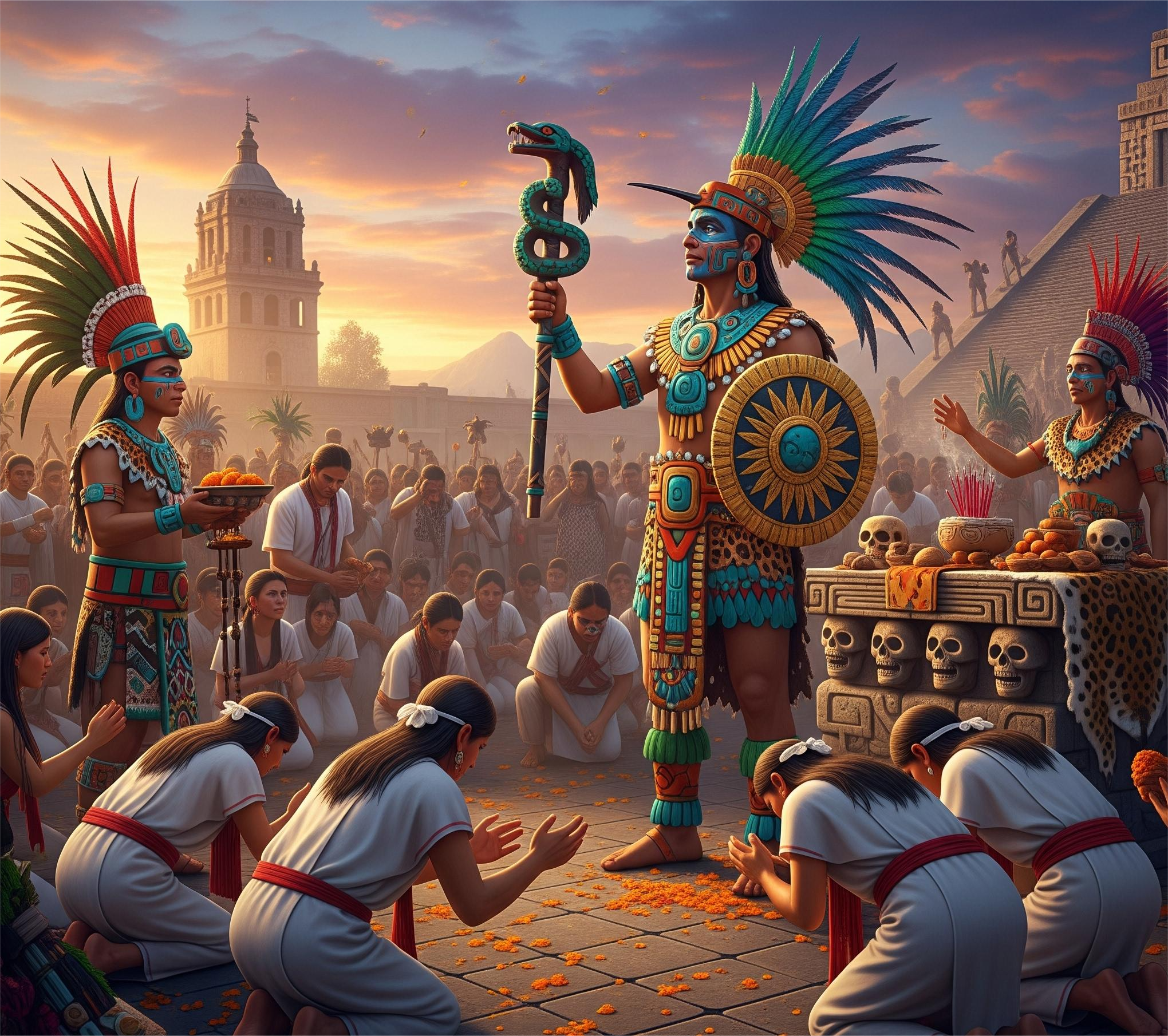Introduction
The Mycenaean civilization (circa 1600–1100 BCE) was the first major Greek civilization, known for its powerful palatial centers, warrior culture, and connections with the wider Mediterranean world. This period, often associated with the legendary heroes of Homer’s epics, was characterized by a hierarchical society, advanced trade networks, and impressive architectural achievements. Daily life in Mycenaean Greece varied based on social class, gender, and occupation, but shared common elements across the mainland and the Aegean islands.
Social Structure and Governance
Mycenaean society was highly stratified and centered around palatial administration:
Wanax (King): The ruler who controlled the palace economy, military, and religious affairs.
Lawagetas (Leader of the People): A high-ranking official, likely in charge of military forces.
Heqetai (Warriors and Nobility): Elite warriors who supported the king and owned large estates.
Damos (Commoners and Artisans): Farmers, traders, and skilled laborers who worked the land and produced goods.
Slaves: The lowest class, often war captives, who worked in households and agricultural estates.
Housing and Settlements
Mycenaean cities were structured around fortified palaces:
Palatial Centers: Large complexes such as those at Mycenae, Pylos, and Tiryns, which served as administrative and religious hubs.
Elite Houses: Wealthy Mycenaeans lived in multi-room stone houses with courtyards and frescoed walls.
Common Homes: Peasants and laborers resided in small, mud-brick homes with basic furnishings.
Fortifications: Cyclopean walls protected major cities from external threats, reflecting a warrior-oriented society.
Work and Economy
The Mycenaean economy was centrally controlled and relied on agriculture, trade, and craftsmanship:
Agriculture: Wheat, barley, olives, grapes, and livestock (sheep, goats, cattle) were staples.
Craftsmanship: Artisans produced pottery, textiles, metalwork, and weapons.
Trade: Mycenaeans traded with Egypt, Anatolia, and the Near East, exporting olive oil, wine, and ceramics in exchange for luxury goods like ivory and precious metals.
Military: Warriors were highly valued, and Mycenaean armies were well-equipped with bronze weapons, shields, and chariots.
Family Life and Gender Roles
Family and social roles were clearly defined:
Men dominated politics, warfare, and commerce.
Women managed households, wove textiles, and participated in religious rituals. Some held positions of influence, as indicated by Linear B tablets.
Children were educated at home, with boys trained in farming or military skills and girls prepared for domestic duties.
Clothing and Personal Appearance
Mycenaean fashion reflected status and function:
Men wore tunics (chitons) and cloaks, often with belts and sandals.
Women wore layered skirts and fitted bodices with elaborate jewelry and headpieces.
Hairstyles were elaborate, and both men and women used perfumes and cosmetics.
Food and Dining
The Mycenaean diet was based on locally available foods:
Staples: Bread, porridge, olives, cheese, and legumes.
Meat: Sheep, goats, pigs, and occasional beef, mainly for feasts.
Fish and Seafood: Common in coastal settlements.
Alcohol: Wine was widely consumed, often flavored with herbs.
Entertainment and Leisure
Mycenaeans engaged in various forms of entertainment:
Feasting: Banquets were held in palaces for elites and warriors.
Hunting: Boar hunting was a popular sport among nobility.
Music and Dance: Lyres, flutes, and drums accompanied religious and social gatherings.
Games: Board games and dice were likely played for leisure.
Religion and Rituals
Mycenaean religion was polytheistic and influenced later Greek beliefs:
Deities: Early forms of Zeus, Poseidon, and Hera were worshipped.
Religious Sites: Shrines and temples were present within palaces.
Burial Practices: Elite burials included grave goods such as weapons, jewelry, and pottery. Tholos tombs were used for high-status individuals.
Architecture and Infrastructure
Palaces: Megaron-style central halls featured throne rooms and frescoed walls.
Roads and Bridges: Well-constructed roads linked major cities.
Water Systems: Wells and cisterns supplied fresh water to settlements.
Conclusion
Daily life in Mycenaean Greece was shaped by a structured society, a palace-based economy, and a strong warrior culture. Despite their eventual decline, Mycenaean customs, architectural techniques, and religious traditions influenced later Greek civilization, leaving a lasting legacy in history.







